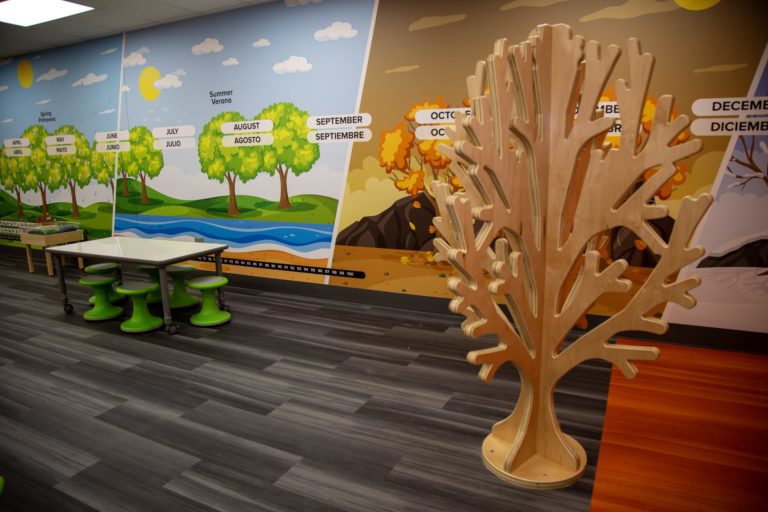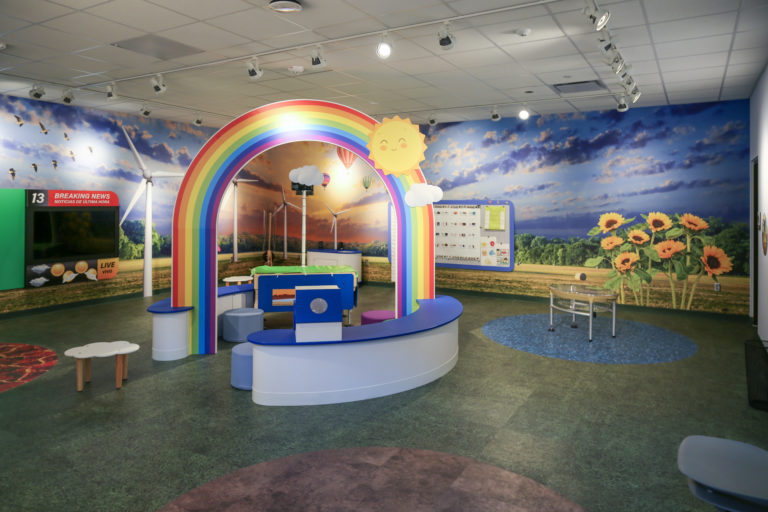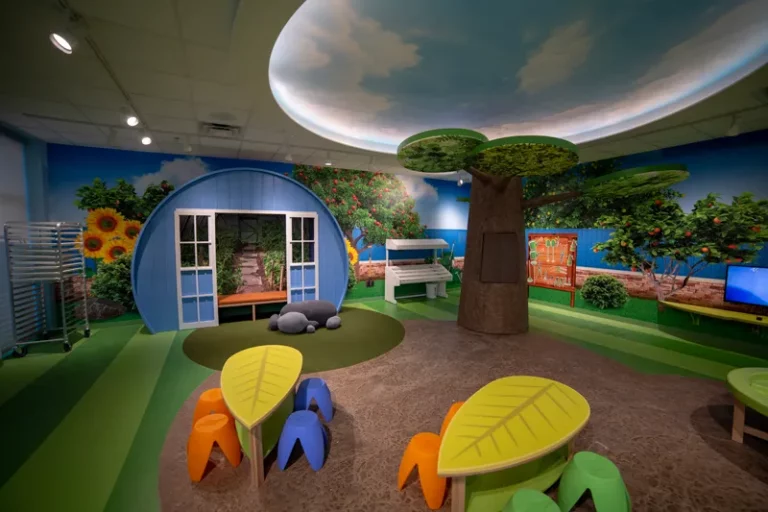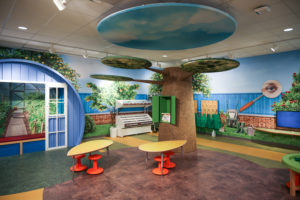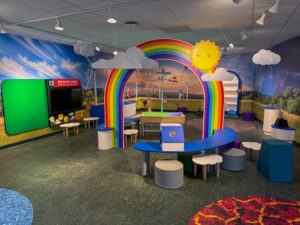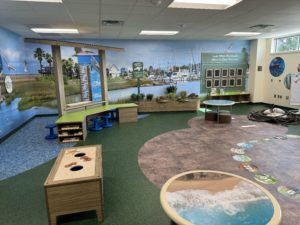Child-Initiated Questions and Observations
Ms. Lovell takes her preschool class out daily for nature walks. It’s a smooth transition between math engagement and interest areas. On Tuesday, Lucy was outside with her class and noticed her shadow while waiting in line to go back inside.
“Look Ms. Lovell, my shadow is doing what I do! I can get down low and my shadow gets down low. I can jump high to touch the sky, and my shadow does too!”
Children’s natural questions and observations are often the spark that ignites project-based learning. When multiple students show excitement or curiosity around a topic, it suggests potential for a topic. It can be as simple as students noticing the changes in leaves or asking, “How do fish breathe underwater?” These curiosities become the foundation for meaningful investigations.
Teacher as Facilitator
Ms. Lovell noticed Lucy’s enthusiasm and asked, “Why do you think your shadow does the same thing you do?” Lucy looked around and asked a friend, who pointed to the sun.
“The sun makes your shadow silly,” said Nick.
“Well, kind of,” says Ms. Lovell. “Your body blocks the sun from making light in front of you.”
In this setting, the teacher is not the answer-giver but the guide. By asking open-ended questions and encouraging students to talk to one another, educators create a learning culture where students feel empowered to explore and explain.
In-Depth Investigation
The next day, Lucy finds her shadow again while waiting in line. This time, Lucy noticed that her shadow was to the side of her and was confused. “Ms. Lovell, why is my shadow next to me today?”
Ms. Lovell explained that today the sun is in a different location because the class went outside later in the day. “See how the sun has moved?” she asked.
Moments like these are powerful reminders of how students’ natural curiosity sparks deeper investigations. With the right guidance and environment, a simple discovery, like noticing a shadow, can grow into an in-depth project. Investigations like this can stretch over days or even weeks. Depth, not speed, is where real learning takes place.
Integration of Multiple Learning Domains
And that’s how projects begin, with an interest or a question. Project-based learning is typically child-led, which boosts intrinsic motivation, enhances creativity, and supports social development. Students are more likely to stay engaged when they are actively pursuing what they want to learn.
Once a topic is chosen, the REAL fun begins; creating a topic web and planning activities and explorations that help answer students’ questions. In the case of shadows, this could range from tracing shadows outside at different times of the day to experimenting with flashlights indoors to see how objects block light. The key is to provide rich, hands-on experiences that allow students to investigate, test ideas, and build understanding.
Documentation and Sharing
An intentionally designed environment, built with experiential learning in mind, is ideal for supporting long-term investigations. Murals, exhibits, and artifacts spark new questions, and conducting investigations in these immersive spaces makes learning feel authentic and meaningful.
Concluding a project is just as important as starting one. This stage often includes revisiting the topic web to see which questions were answered and to identify any leftover curiosities. When students reflect on their learning, they can see how their ideas have grown and changed over time.
If questions have been answered, it’s time to celebrate by sharing their work. This might include creating a class book, hosting a gallery walk of drawings, inviting families to see a display or portfolio of pictures, or having students present their own findings. Wrapping up a project with reflection and presentation reinforces that students’ voices and work are valuable!
Experiential spaces, like those designed by Exploration Zones by Exhibit Concepts, naturally support this sharing. Walls become galleries, touchscreens can showcase student work digitally, and themed environments inspire families and visitors to see children as active investigators.
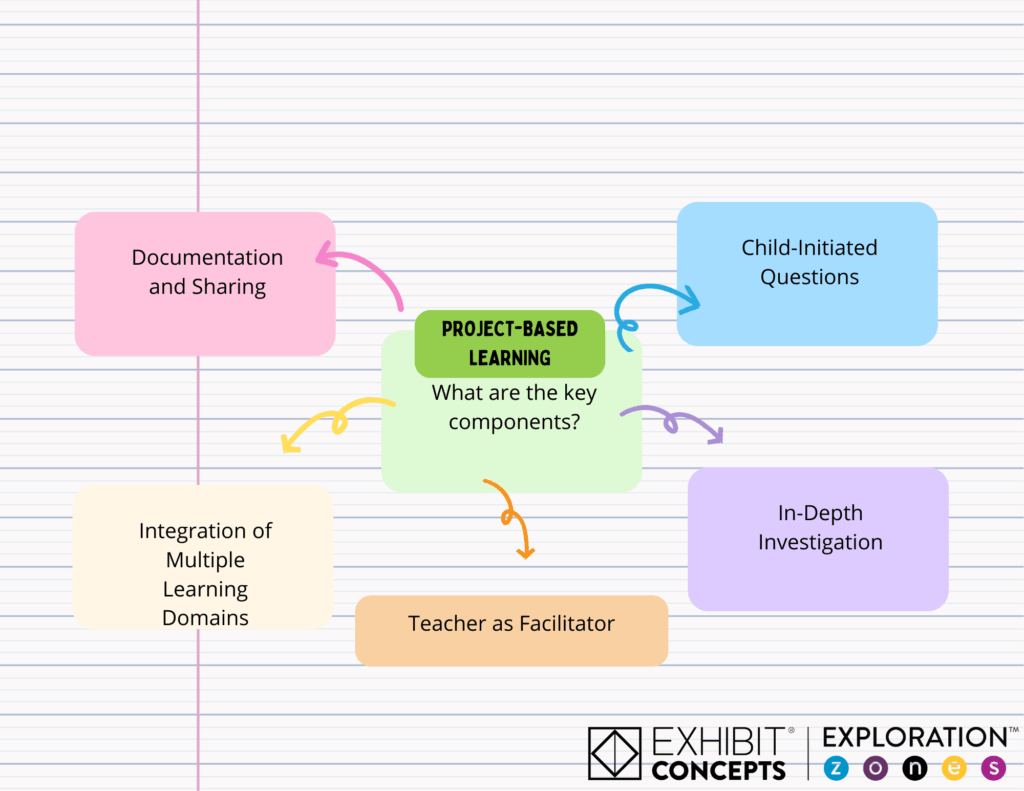
Want to see how these spaces come to life? Explore more of our work or contact us to discuss options for your district.

